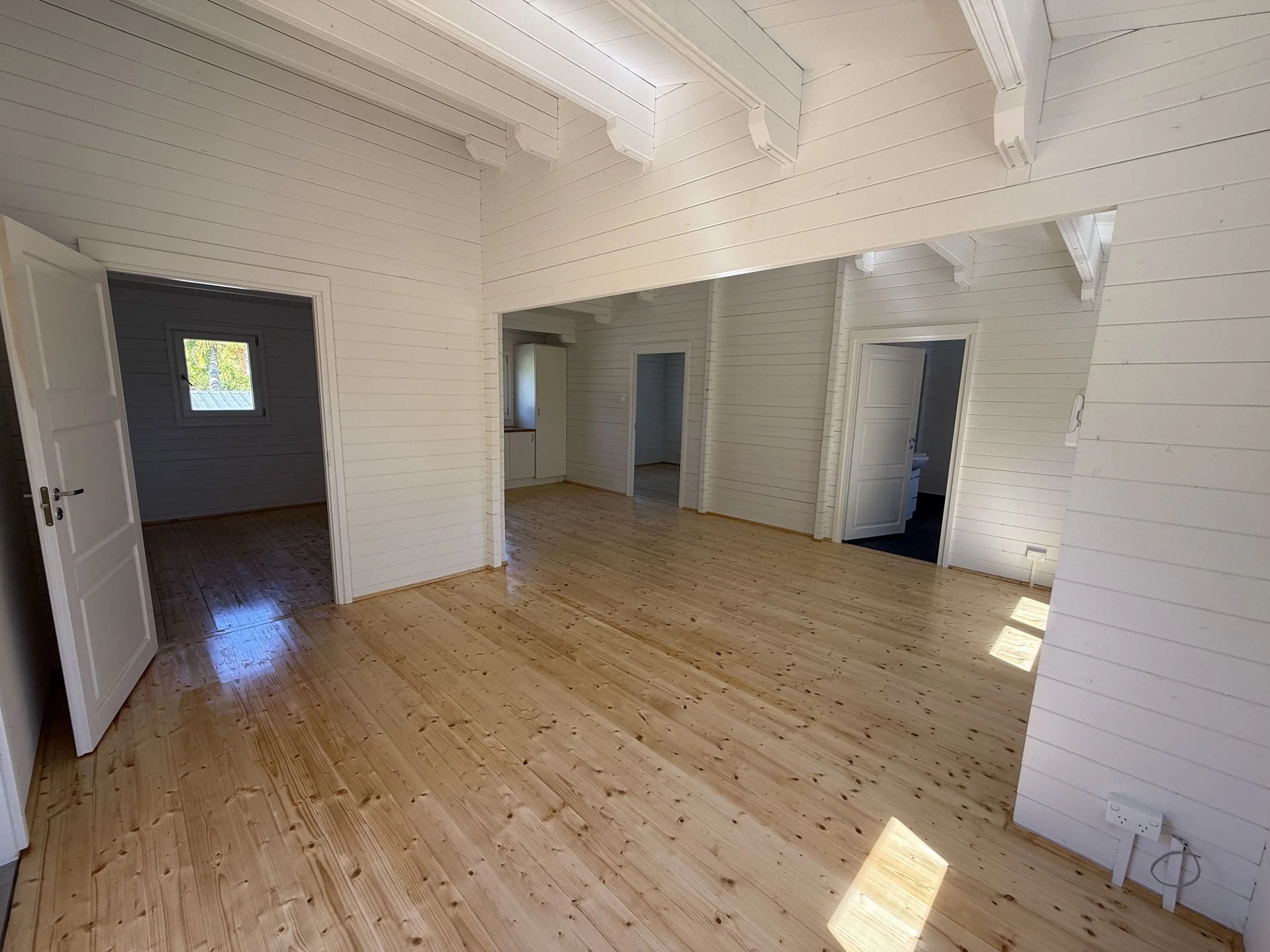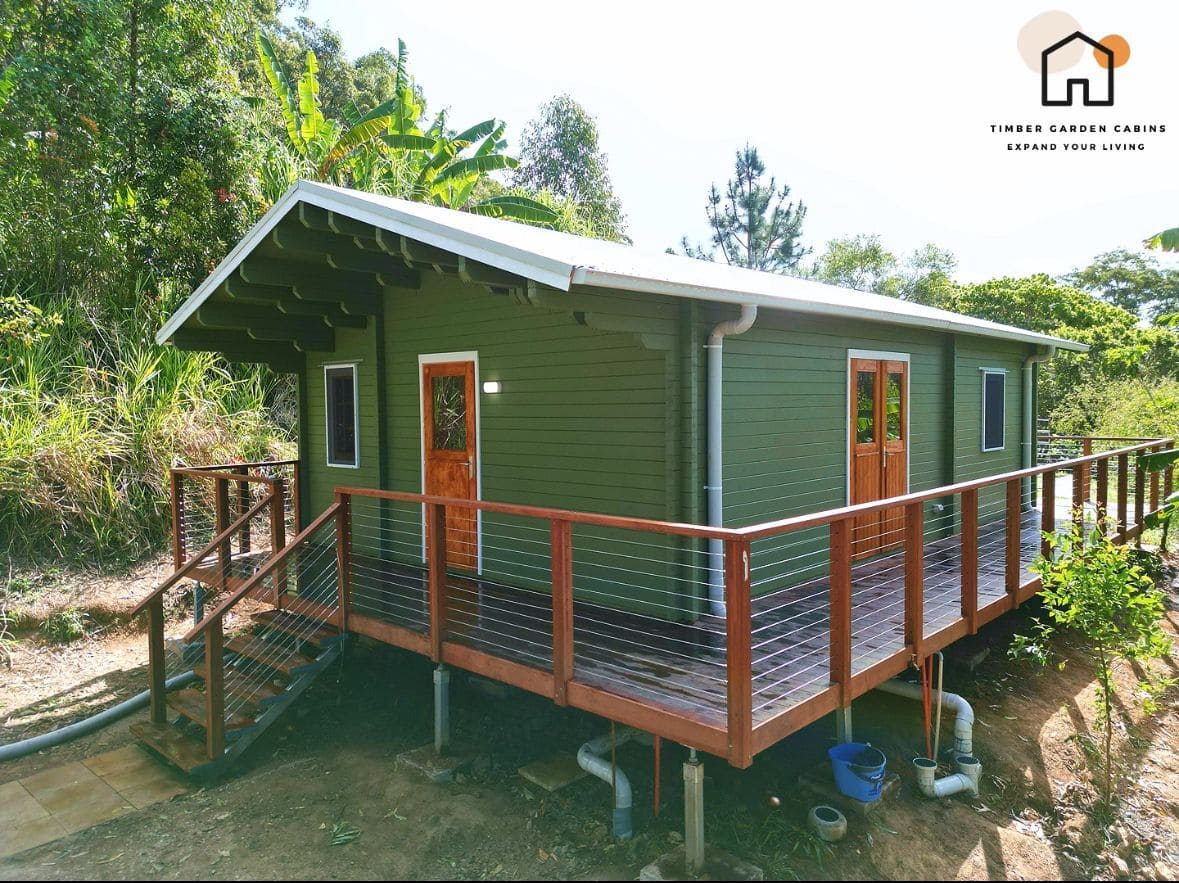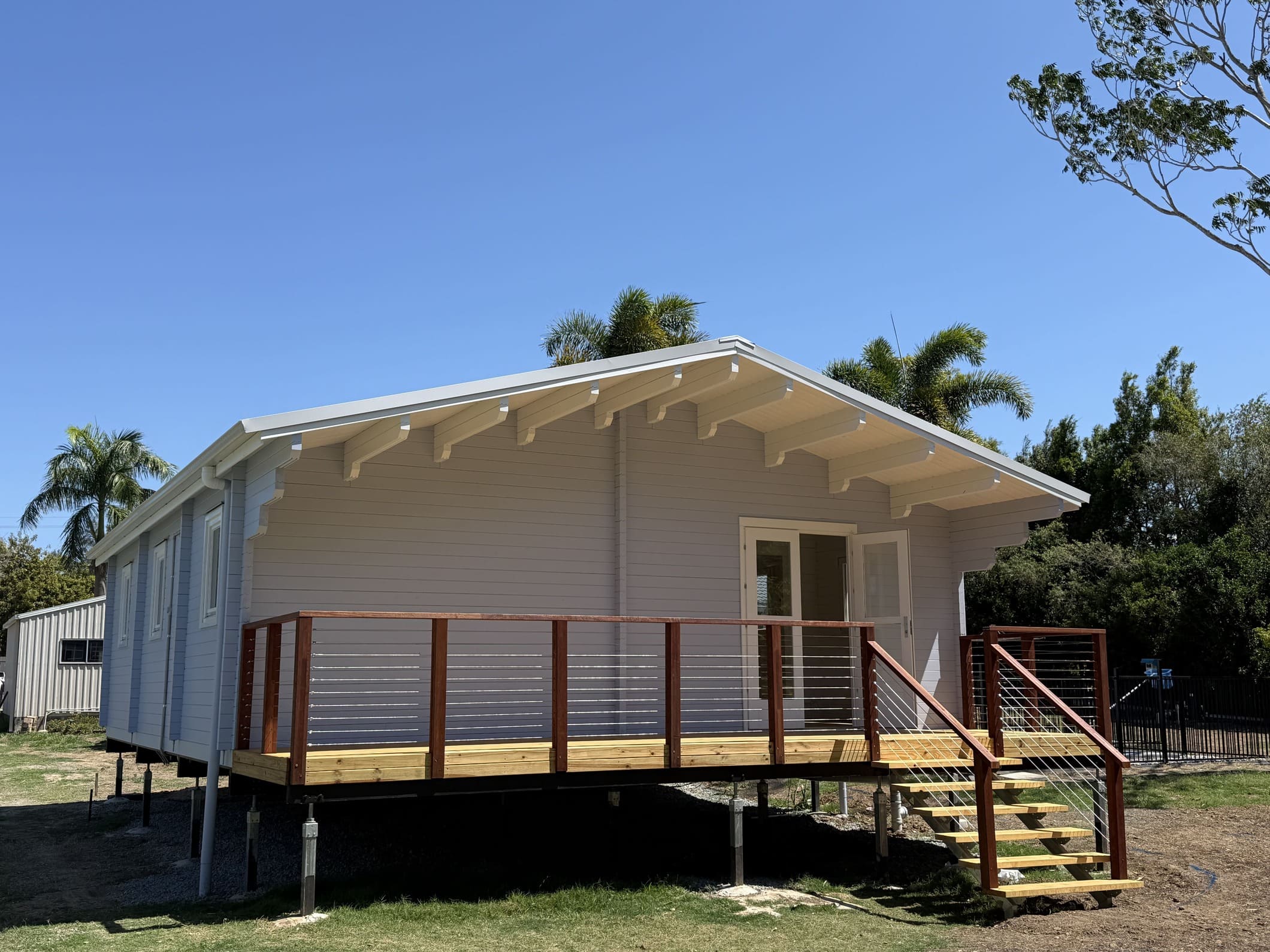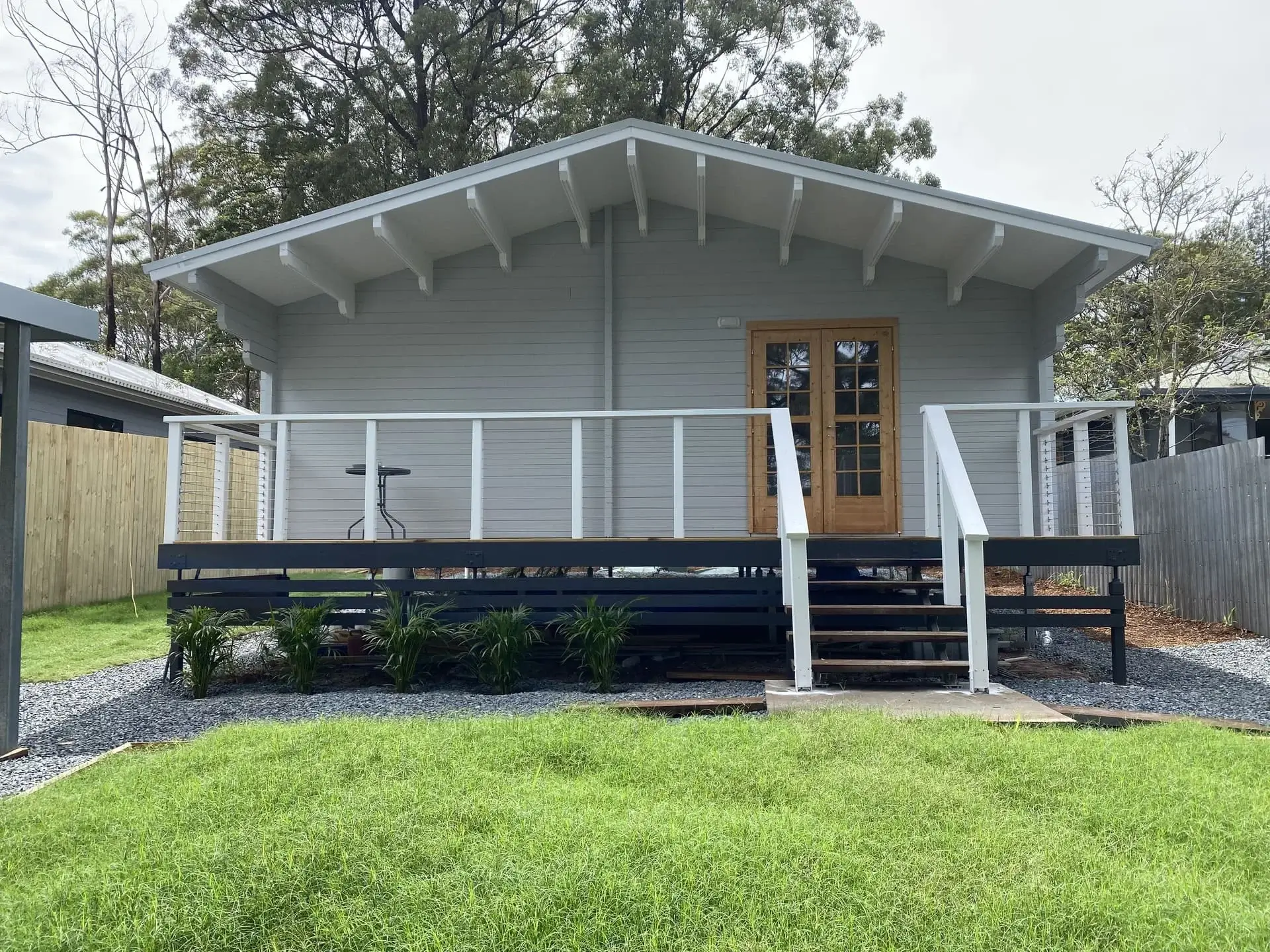Timber houses are celebrated for their natural beauty, warmth, and sustainability. However, they can also be susceptible to pests, particularly termites. These wood-eating insects can cause significant damage if not managed properly. In this blog post, we’ll delve into the nature of termites, the risks they pose to timber houses, effective management strategies, and the importance of regular inspections and proper construction techniques to protect your home.
What Are Termites?
Termites are social insects that live in colonies and primarily feed on cellulose found in wood, plants, and other organic materials. They play an essential role in the ecosystem by breaking down dead wood and recycling nutrients back into the soil. However, their wood-eating habits can be detrimental to human structures.
There are several species of termites, but the most common in residential areas are:
- Subterranean Termites: These live underground and create mud tubes to access above-ground food sources. They are the most destructive type of termite and can cause significant structural damage.
- Drywood Termites: These infest wood directly and do not require contact with soil. They can cause extensive damage to furniture, framing, and other wooden structures within the home.
- Formosan Termites: A highly aggressive species known for their rapid destruction of wood structures. They can form large colonies and are often found in warmer climates.
The Risks of Termite Infestation
Termites can cause extensive damage to timber houses, which can lead to:
- Structural Damage: Termites can weaken wooden beams, flooring, and walls, leading to significant structural issues. In severe cases, homes may become unsafe to inhabit.
- Financial Loss: Repairing termite damage can be costly, with estimates running into thousands of dollars. In some cases, home insurance may not cover the repairs, leading to financial strain.
- Health Risks: While termites themselves aren’t harmful to humans, the damage they cause can lead to hazardous living conditions. Compromised structural integrity can pose safety risks.
- Resale Challenges: Homes with a history of termite damage may struggle to sell, as potential buyers are often wary of pest issues.
Signs of Termite Infestation
Being vigilant can help you catch a termite problem early. Look for these signs:
- Mud Tubes: These are small tunnels made of soil and wood that termites use to travel. They are often found on walls, foundations, and beams.
- Wood Damage: Hollow-sounding wood, blisters, or areas that feel soft or crumbling can indicate termite activity. If you tap on wood and it sounds hollow, this may be a sign of infestation.
- Discarded Wings: Swarmers (reproductive termites) shed their wings after mating, often found near windows or light sources. Finding these wings can indicate that a colony is nearby.
- Frass: This term refers to termite droppings, which resemble sawdust or wood shavings. Finding frass around wooden structures is a clear sign of a termite problem.
Effective Termite Management Strategies
To protect your timber house from termites, consider implementing the following strategies:
- Regular Inspections
Schedule annual inspections with a professional pest control expert to catch any signs of termite activity early. Regular check-ups can help identify vulnerabilities in your timber house. These inspections are crucial, as termites can be difficult to detect until significant damage has occurred.
- Moisture Control
Termites thrive in moist environments. Ensure proper drainage around your home, fix leaks, and maintain a dry environment in crawl spaces and basements. Using dehumidifiers in damp areas can also help control moisture levels.
- Building Height Considerations
Constructing your house with a minimum height of 40 cm above ground level can significantly reduce the risk of termite infestation. This elevation helps keep the wooden elements of your home away from direct contact with soil, which is crucial for preventing subterranean termites from accessing your house. During your annual termite inspection the steel post will be sprayed to keep termites at bay and under the house a visual inspection is possible.
- Wood Treatment
Use pressure-treated wood for construction and renovations. Pressure-treated wood is infused with preservatives that deter termites. Additionally, there are chemical treatments available that can be applied to wood surfaces to enhance their resistance to pests.
- Physical Barriers
Installing physical barriers, such as metal mesh or sand barriers, can prevent subterranean termites from accessing your home. These barriers act as a deterrent, making it difficult for termites to reach wooden structures.
- Boric Acid Treatment
Boric acid is a natural insecticide that can be applied to wood and soil to deter termites. It is a safer alternative for homes with children and pets. Boric acid works by disrupting the digestive systems of termites, ultimately leading to their demise.
- Monitor and Manage Surroundings
Keep firewood, mulch, and other organic materials away from your home’s foundation. Regularly trim trees and shrubs to reduce contact with wooden structures, as these can provide pathways for termites to enter your home.
- Professional Pest Control
If you suspect a termite infestation, don’t hesitate to call in professionals. They can assess the situation and provide effective treatment options tailored to your home’s needs. Professional pest control services often offer ongoing monitoring and preventative treatments.
The Importance of Annual Termite Control
Annual termite control is essential for maintaining the health and integrity of your timber house. Regular treatments and inspections can help catch any potential infestations early, preventing costly damage. Professional pest control services can provide:
- Comprehensive Inspections: Trained technicians can identify signs of infestation that may go unnoticed by the untrained eye.
- Preventative Treatments: Yearly treatments can include applying barriers, baits, or treatments that deter termites from approaching your home.
- Customised Plans: Pest control experts can tailor their approach based on your specific property, considering factors like location, moisture levels, and wood types.
- Peace of Mind: Knowing that your home is regularly monitored and treated can provide reassurance, allowing you to enjoy your timber house without constant worry about termites.
Conclusion
Termite management is crucial for maintaining the integrity and longevity of timber houses. By staying informed about the risks and implementing preventive measures, you can protect your home from these destructive pests. Regular inspections, moisture control, proper construction techniques (such as maintaining a height of at least 40 cm), and professional help are key components of a successful termite management strategy.
Incorporating annual termite control into your home maintenance routine is an investment in your property’s future. With the right approach, you can enjoy the beauty of your timber home without the worry of termite damage. Remember, the best defence against termites is a proactive approach—so take action today to safeguard your timber house for years to come.
Explore our most popular granny flat designs here and find the perfect match for your needs.
If you’re ready to build your dream granny flat, book your free Granny Flat expert consultation here. Timber Garden Cabins is here to help. Our expert team can guide you through every stage of the process, from design to construction. Contact us today for a free consultation, and let’s bring your vision to life!





